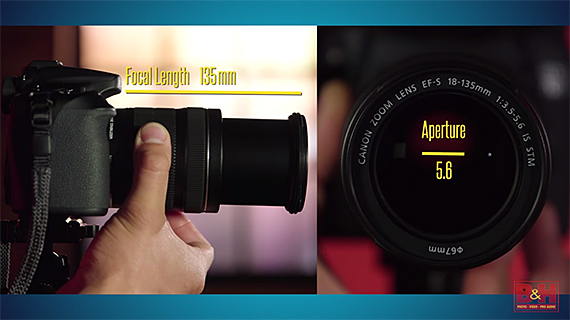
So, instead of removing the color correction, crop, dust removal, and straightening you did to a single photo, you could just undo the crop but keep the other edits. In more advanced editors, you will even be able to selectively “rollback” edits you've made. Each program handles the magic in one of several different ways, but the end result is that no matter what you do to change your photo during editing, you will always be able to click an “undo” button, and your photo will be returned to the original unedited state. With non-destructive editing, all of the edits (or enhancements) to your photographs are made without ever being able to affect the original copy of your photograph. Yikes! That's what's technically called destructive editing. And worse, you had to be extremely careful because if you forget to give the new version a unique filename, it would completely overwrite your original master. This would then create a wholly new and separate version of the file. You had to take the photo into a photo editing program, make the changes, and then do a “Save As” command from the “File” drop-down menu at the top. Up until we had non-destructive image editing, if you wanted to do one of these edits to one of your photographs, and you wanted to be able to keep the original un-edited version as well, it was up to you to manage both - the original and then the edited version. Other common edits - especially ones done to scanned photos - are straightening, cropping, and manually “painting out” small amounts of dust and scratches or blemishes. Calendar dates the photos were taken and GPS locations which are embedded inside of almost current photos, now make it an almost instantaneous and automatic procedure to see your photos grouped by event and location. This information called metadata speeds up what was once a much more laborious task - the organization and identification of photographs. When a photo manager is at its greatest, it's tapping into all of the information invisibly stored inside your photos. Non-Destructive Image EditingĮven if you have little desire to do a lot of complex color correction that professionals take pride in doing, you will be surprised at how many minor changes you may want to make to your photos that are technically still considered edits.

Like many of us, for the longest time, I just had photos stored all over my computer's storage drives, in multiple folders, with only a reasonably decent approach at a useful organization.īut, when I started using an outstanding photo manager, I began to see how easy and fun it is to bring all of my photos together into one centralized location.Īnd then there's the ease at which we can now make fixes to our problematic photographs. If you want to transfer your images just be sure to copy the whole directory (images incl.It was seriously a life-changing day when I discovered the magic of a “non-destructive” photo managing computer application. By this non-destructive workflow you can backtrack your work anytime (even taking out single steps) and save your image as often as you want without any image degradation. Overall it´s very minimalistic: No jumping around between library and develop panes as in LR. It works directly in your image capture folder and stores your image edits in the image file (for JPEG, TIF, DNG) or in a XMP sidecar file (for RAW) w/o changing the original image.

Picktorial has an intuitive, fluid & simple user interface (look & feel very similar to Apple´s legendary Aperture, which was unfortunately discontinued). I tell ya, I could've become an IT expert (who maybe gets to take a photo now and then -). On top of this both LR and CO use catalogues, so I need to manage and back up those too.
APERTURE TO PICKTORIAL SOFTWARE
And, using different bits of processing software means I need to have all kinds of directories on my Mac to save intermediate versions of my images (I´m kinda paranoid about losing my work. But I really don't like hulking for hours behind a computer. Then I would´ve developed the ACROS JPEG with Lightroom CC (LR) and resorted to Capture One (CO) in case I´d want to try any fancy RAW processing. So, a couple weeks ago I was in an awesome Russian orthodox church with my lovely wife & fancied capturing the rich gradations and tonality of this scene. As mentioned before here I mainly use ACROS JPEG´s & rarely do RAW anymore.


 0 kommentar(er)
0 kommentar(er)
